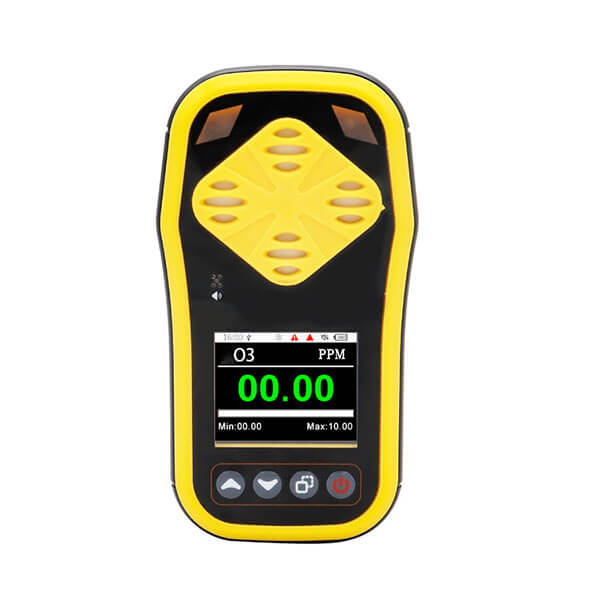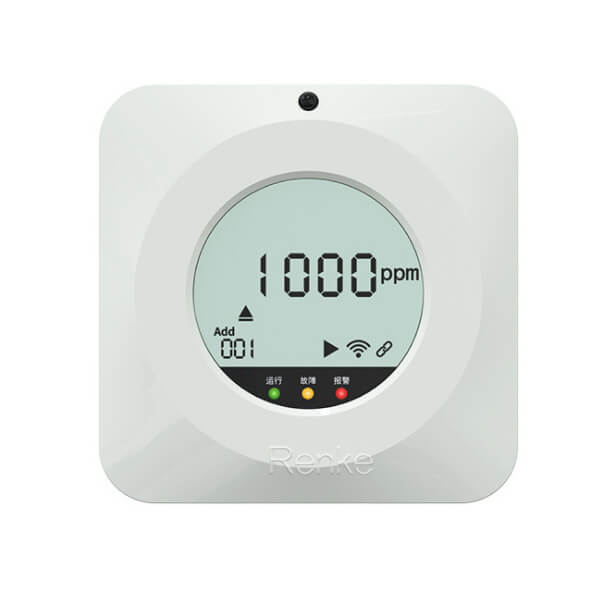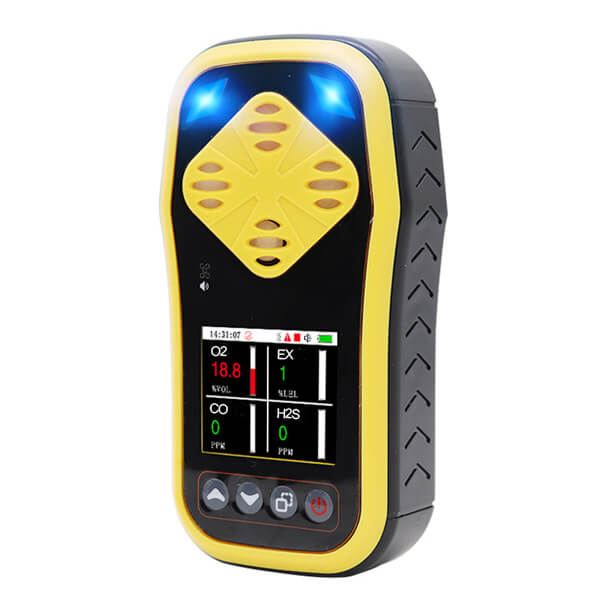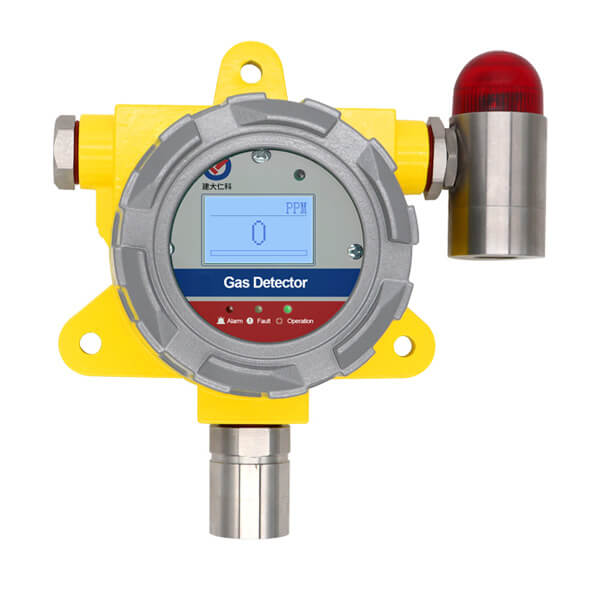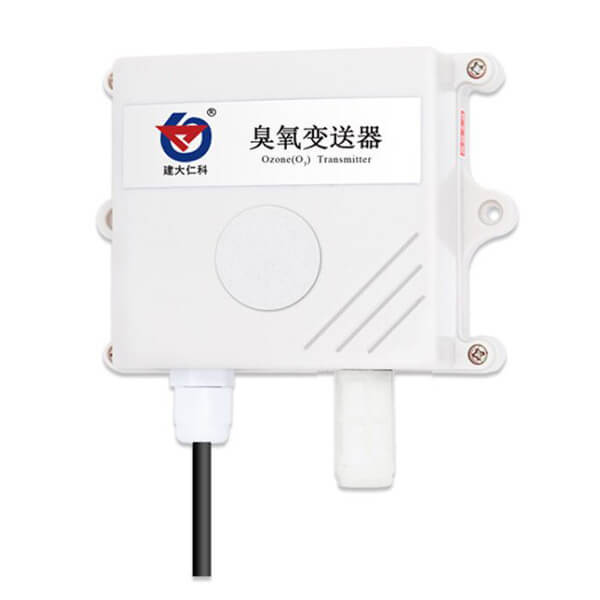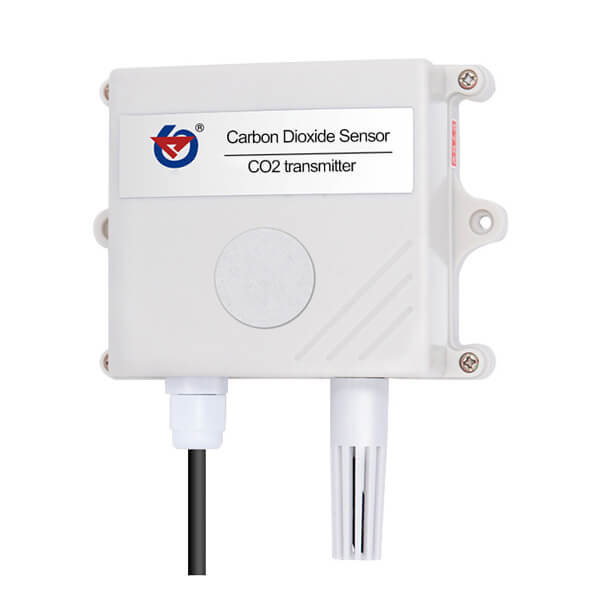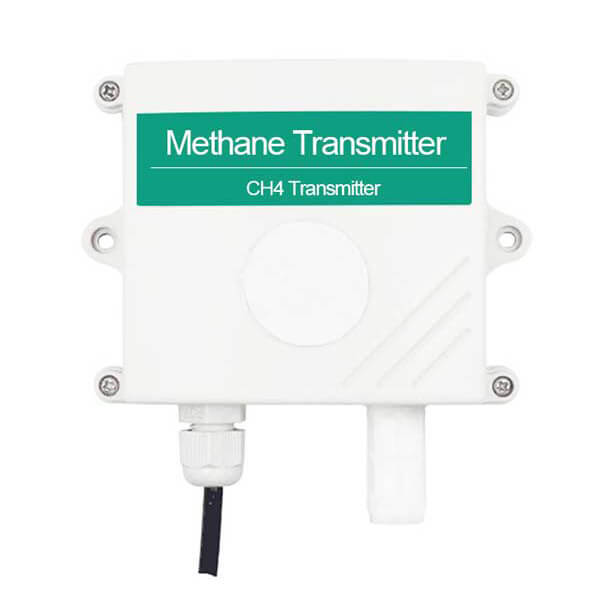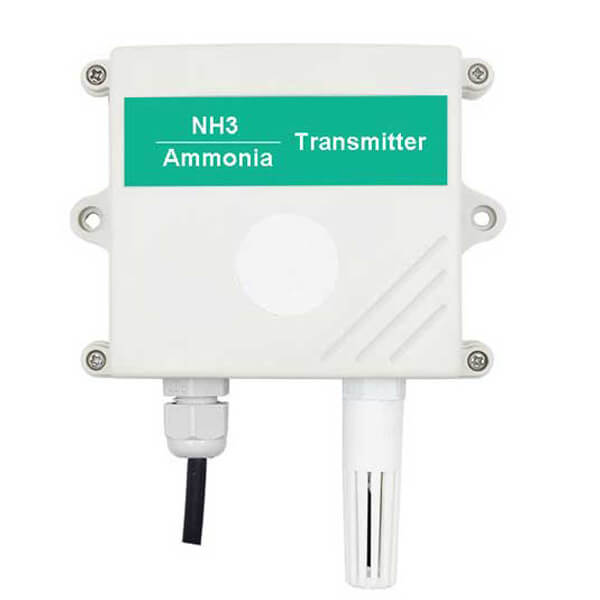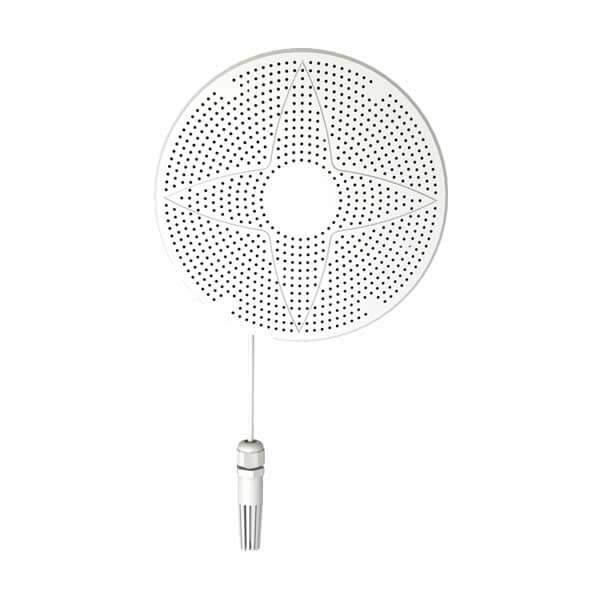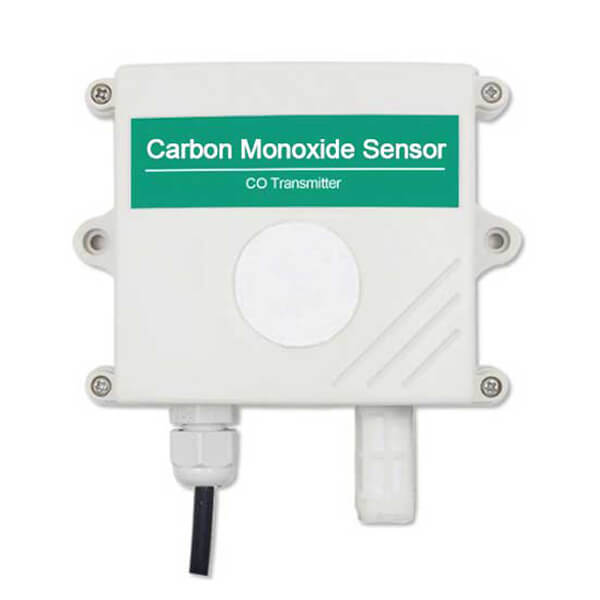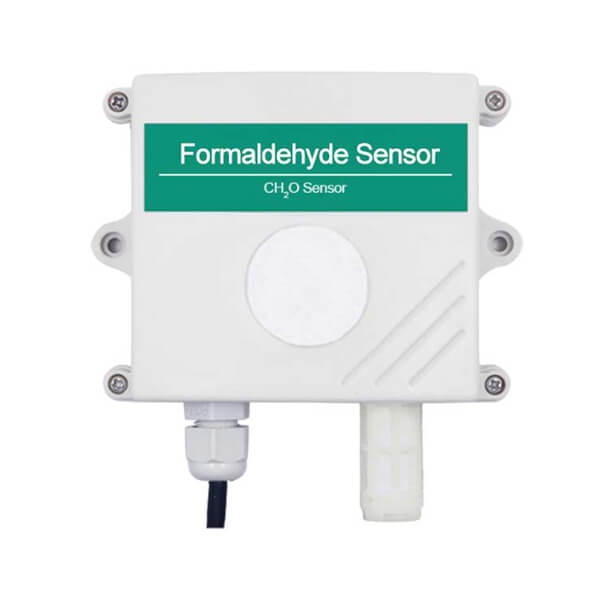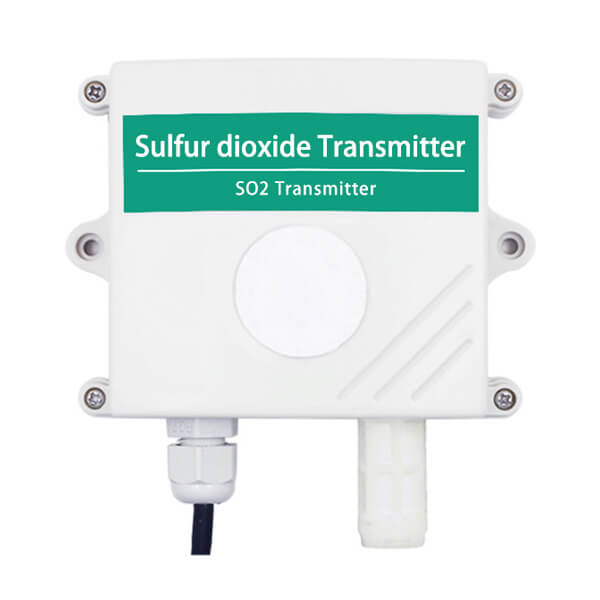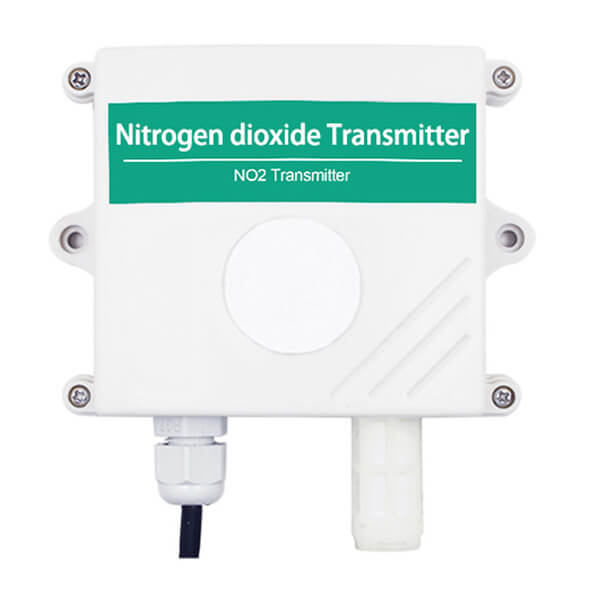Table of Contents What is ozone? Ozone (O₃), also known as superoxide, is an allotrope of oxygen (O₂). At room temperature, it is a light
Portable Ozone Meter
It is a diffusion ozone meter to measure the concentration of ozone gas. It uses an electrochemical gas sensor with excellent sensitivity and excellent repeatability. The stored data of this ozone gas detector is up to 100,000, and historical data can be checked at any time. This is a cheap ozone gas detector with a measuring range of 0~10ppm, which is worth buying.
- Model: RS-MG41-O3-EX
- MOQ: 1 PCS
- Delivery date: within 24 hours
- Price: $90
About - Portable ozone meter
More types of gas detectors. For customers who need to detect ozone concentration, we also provide other ozone sensors suitable for different places, such as wall-mounted ozone sensor, duct type ozone sensor, fixed ozone detector, smart ozone monitor and many other types.
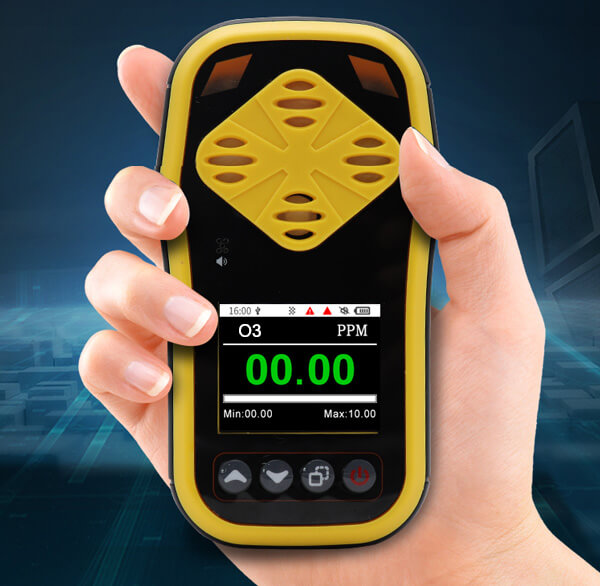
Description of ozone detector
This handheld ozone detector is a reliable and advanced portable ozone meter for homes and hospitals. Automatic detection after 1 minute of starting up, simple operation and convenient maintenance, meeting the requirements of industrial safety monitoring for equipment reliability. The language adopts all English, the user can automatically set the upper and lower alarm limits, and supports various other parameter settings. The shell of the ozone detector is made of high-strength engineering plastics and composite non-slip rubber, which has a good hand feel, anti-drop, and can effectively prevent dust.
Features of portable o3 detector
1. High-definition color screen design, the gas value can be seen clearly in a dim environment.
2. Different high and low limit alarm values can be set according to different places of use.
3. Full-featured self-test, the product adopts three alarm modes of sound, light, and vibration.
4. Shortcut keys to quickly turn on and off the sound alarm and storage mode.
5. Large-capacity battery, the device can be used continuously for at least 8 hours in the always-on mode.
6. Accurate & Real-time ozone sensors. 0-10ppm range. The wholesale unit price can reach $109. In stock.
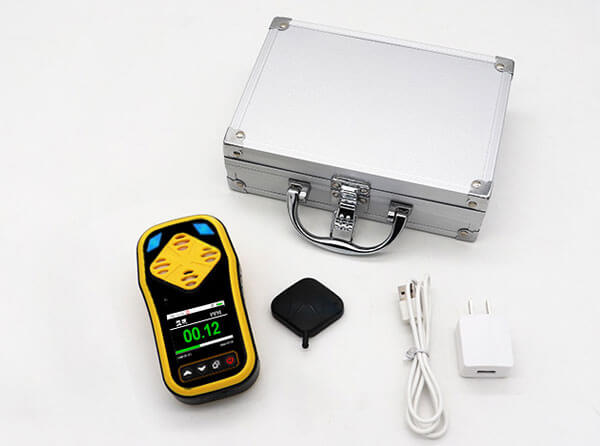
Parameters - Portable ozone detector
Ozone detectors are mainly used in ozone preparation workshops (ozone generators, ozone workshops, etc.), chemical, petroleum, paper, textile, pharmaceutical, and flavor and fragrance industries, water treatment, food and medicine sterilization workshops, and other occasions.
Detection range: 0~10.00ppm
Accuracy:±6%FS(@5ppm,25℃,50%RH)
Duplicate value: ≤2%
Zero drift: ≤±1ppm
Response time: Diffusion ≤60S
Stability: ≤7% signal value/year
Insulation resistance: ≥20MΩ
Alarm function: Sound, light, vibration
Working environment: T -10 ℃ -50 ℃, H <95% RH without condensation
Operating Voltage: DC3.7V (Lithium battery capacity 3000mAh)
Charging time: 6h-8h
Standby time: Continuous for more than 8h
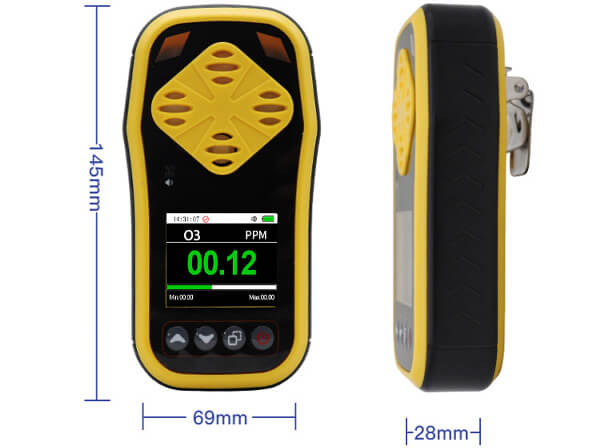
This handheld ozone detector is equipped with a portable suitcase, which can be carried with you for ozone detection in different locations. Supports manual modification of multiple parameters such as alarm mode, time, and alarm value. Work continuously for 8 hours after the class is fully charged and long standby time. Accurate | Mobile | Real-time | Low Cost | CE certificate | Top brands | 24 housrs service. We are top manufacturer in gas detection. Fixed and handheld gas detector. Support customization.
Single gas detectors we offered
| Gas name | Optional range | Resolution | Precision | Zero drift | Response time |
| O2 | 0-30 %VOL | 0.1 %VOL | ±2%FS | ±0.3%VOL | ≤10S |
| H2S | 0-100 ppm | 1 ppm | ±2ppm or ±10% | ±5ppm | ≤35S |
| CO | 0-1000 ppm | 1 ppm | ±5ppm or ±10% | ±3ppm | ≤30S |
| #rowspan# | 0-2000 ppm | 1 ppm | ±5ppm or ±10% | ≤±10ppm | ≤30S |
| CH4 | 0-100 %LEL | 1 %LEL | ±5%FS | ≤±0.06% | ≤15S |
| NO2 | 0-20 ppm | 0.1 ppm | ±5%FS | ≤±0.5ppm | ≤30S |
| 0-2000 ppm | 1 ppm | ±5%FS | ≤±20ppm | ≤60S | |
| SO2 | 0-20 ppm | 0.1 ppm | ±5%FS or ±10% | ≤±0.5ppm | ≤45S |
| 0-2000 ppm | 1 ppm | ±5%FS or ±10% | ≤±4ppm | ≤70S | |
| H2 | 0-1000 ppm | 1 ppm | ±5%FS | ≤±10ppm | ≤70S |
| NH3 | 0-50 ppm | 0.1 ppm | ±8% | ≤±2ppm | ≤90S |
| 0-100 ppm | 1 ppm | ±8% | ≤±2ppm | ≤90S | |
| O3 | 0-100 ppm | 1 ppm | ±6%FS(@50ppm,25℃,50%RH) | ≤±0.5ppm | ≤30S |
FAQS
More information about our ozone detectors
What is ozone?
Ozone is an allotrope of oxygen. At room temperature, it is a light blue gas with a special smell.
Ozone mainly exists in the ozone layer in the lower stratosphere 20 kilometers from the earth’s surface, and the content is about 50 ppm. It absorbs short-wave ultraviolet rays that are harmful to the human body and prevents them from reaching the earth, to shield the earth’s surface organisms from being harmed by ultraviolet rays.
The content of ozone in the air is beneficial to the human body when the content of ozone in the air is less than one part per million. Because a small amount of ozone can stimulate the central nervous system, accelerate blood circulation, increase the amount of active oxygen in the blood, and activate cells, but high concentrations of ozone can make people feel uncomfortable, and even cause reversible harm to the human body, so the amount of ozone must be controlled.
What is an ozone meter?
The ozone meter is an instrument for measuring the ozone content in the environment, using electrochemical principles to directly display the measured value.
What are the types of ozone detectors?
The ozone detectors on the market can be divided into two main categories, diffusion ozone detectors and pump suction ozone detectors. Our company provides three types of ozone detectors according to different customer usage scenarios: portable ozone detector, fixed ozone detector, and wall-mounted ozone detector.
How should the ozone gas detector be calibrated?
First, place the ozone detector in an ozone-free environment, check whether the measured value is zero, if it is not zero, you need to manually adjust the zero. Secondly, an ozone generator is used to create an ozone environment, and the measured value of the ozone detector is compared with the measured value of the higher precision ozone detection equipment of the same range.
How long is the service life of the ozone detector?
Under normal use, the life of the ozone detector is 3-5 years.
How to export the stored data of the ozone detector?
The suitcase is equipped with a USB data cable, and the stored data of the ozone detector can be exported to the computer through the USB data cable.
How to download the manual of RS-MG41-O3 ozone detector?
To protect the patented technical parameters, please contact us for a manual.
When does the ozone detector need to be charged?
When the power is lower than 10%, the device will sound an alarm (sound and light vibration) every two minutes until the device shuts down.
When the device is off, connect the charger to the portable tester, and the other end to the AC220V AC power supply. After the tester is fully charged, the battery is full and it can be used normally.
How Does An Ozone Sensor Work?
Other gas detectors
Monitoring hazardous gases in the surrounding environment is fundamental to ensuring workplace safety. Many gases, such as carbon monoxide, hydrogen sulfide, etc., are difficult to
We all know that the chemical properties of ozone are extremely active. Its energy when it is free produces strong oxidation in an instant, which
Why is a gas detector necessary? In the industrial production process, the leakage of flammable, toxic and harmful gases often occurs, which will cause serious
Monitoring of toxic and harmful gases such as formaldehyde and carbon monoxide in the home environment After the renovation of many new houses, more than
The portable ozone meter is an instrument that can be carried with you to detect ozone. Handheld ozone detector Technical Parameters: Range: 0-10ppm, 0-5% Accuracy:
In the industry, common gas sensors include electrochemical gas sensors, catalytic combustion gas sensors, semiconductor gas sensors, and infrared gas sensors. Different types of sensors
Gas sensors application in a wide range. Mainly used to detect the concentration of gas, such as carbon dioxide, oxygen, nitrogen, argon, etc. In the

